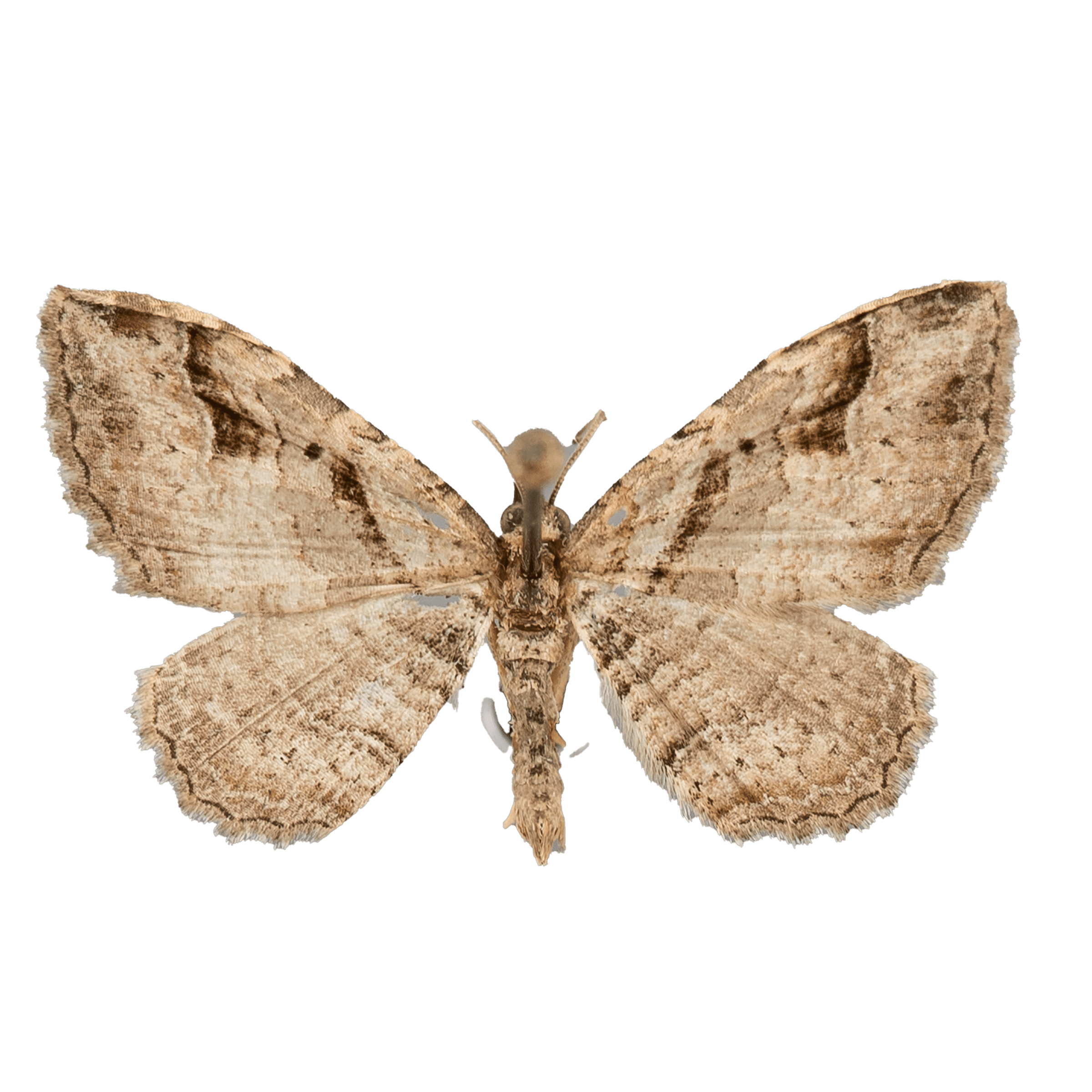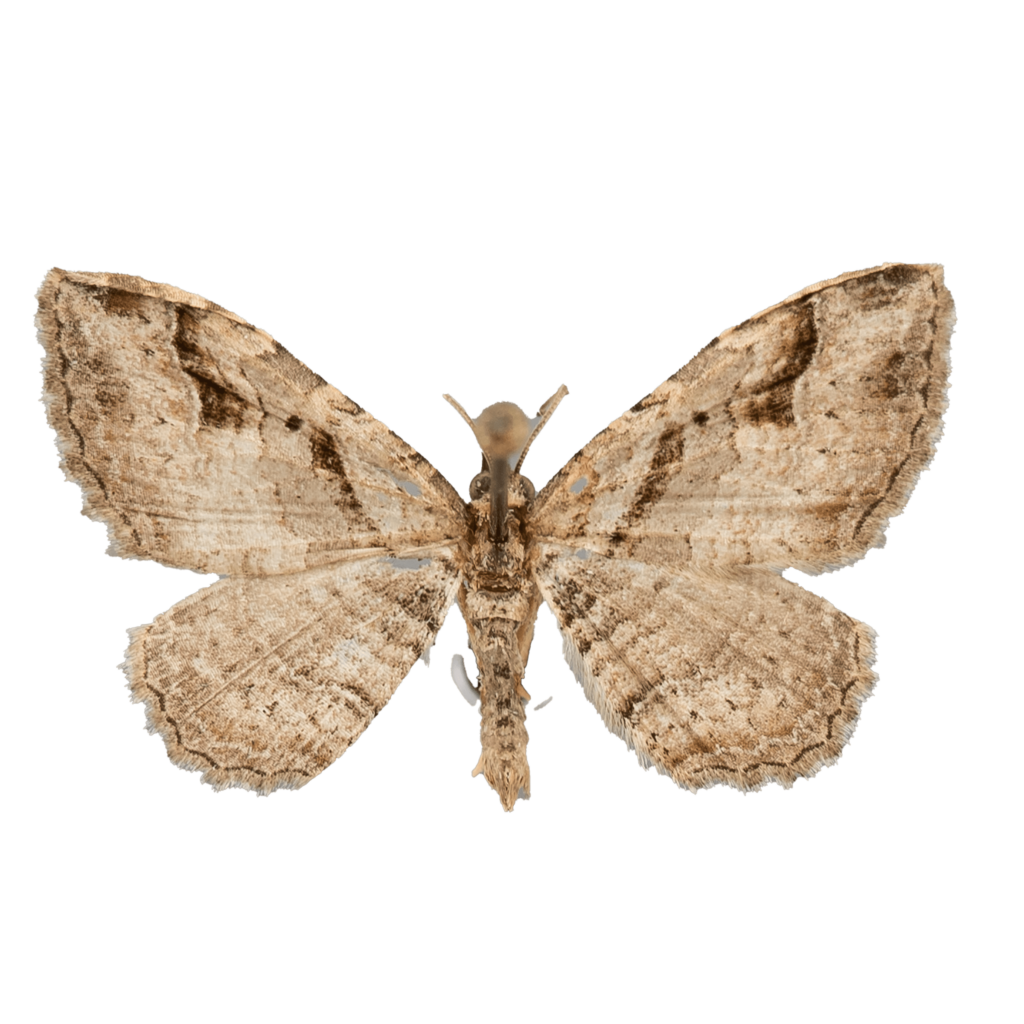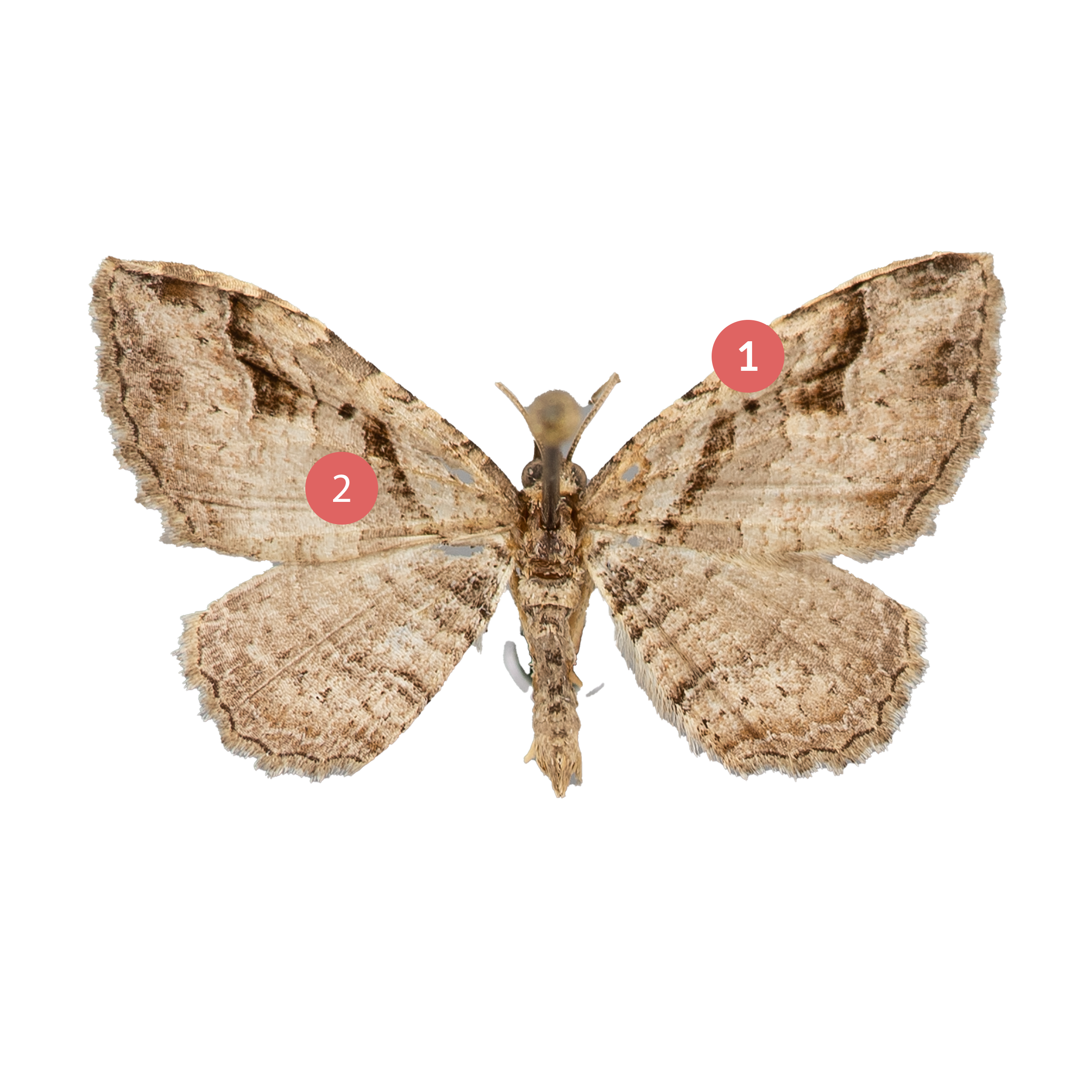About
Costaconvexa centrostrigaria, commonly known as the Bent-line Carpet Moth, is a small moth found throughout North America. As the name suggests, this species has distinctive bent lines on its wings, which are a mix of brown, gray, and black. The coloring of the moth makes it hard to spot when resting on tree trunks, as it blends in well with its surroundings.
The Bent-line Carpet Moth is part of the family Geometridae, also known as the carpet moths. This family is named after their resemblance to the intricate carpet patterns of Asia and the Middle East.
These moths can be found in a variety of habitats, including forests, fields, and gardens. They tend to hang out in moist areas and waste areas. Fun fact: the caterpillars of the Bent-line Carpet Moth move by “looping” or “inching” their way along, similar to other members of the Geometridae family.
forests, fields, and gardens


